Posté par: dalalarnab93 Il y a 11 mois, 1 semaine
Introduction:
It's no wonder that today, nearly 60-70% of the music humanity has ever created and experienced falls under the instrumental category. Despite this there is no dedicated acoustic software or codec designed to enhance the instrumental music listening experience.
As music evolves, we're seeing a shift towards a deeper appreciation of Instrumental Sound. Whether it's the soothing rhythms of wellness music or pulsating beats of hard techno, it's no doubt that instrumental music plays a pivotal role. It allows us to experience the raw essence of sound--uninterrupted by lyrics. Lyrics can sometimes impose the songwriter's emotions and narrative onto the listener. Instrumental music on the other hand gives space for personal interpretation, inviting the listener to connect with music in it's purest form.
Studies show that listening to instrumental music can enhance congnitve function, creativity and focus. There is also evidence that professional pianists are much better than non-musicians at discriminating two closely separated points, perhaps from years of sight reading. They also improved faster with practice, suggesting that music makes brains more plastic in general. Learn an instrument, then, and it might get easier to learn everything else.
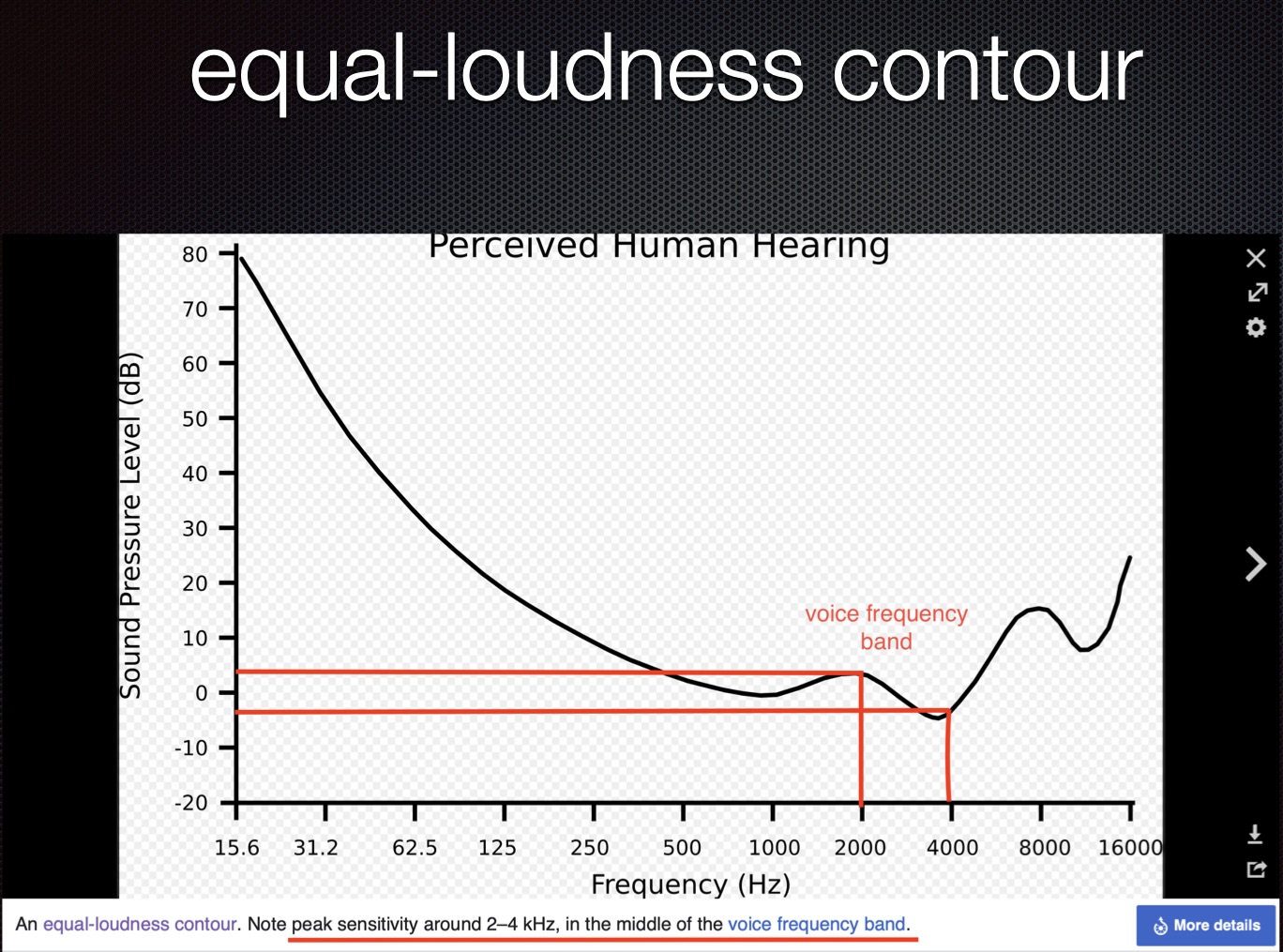
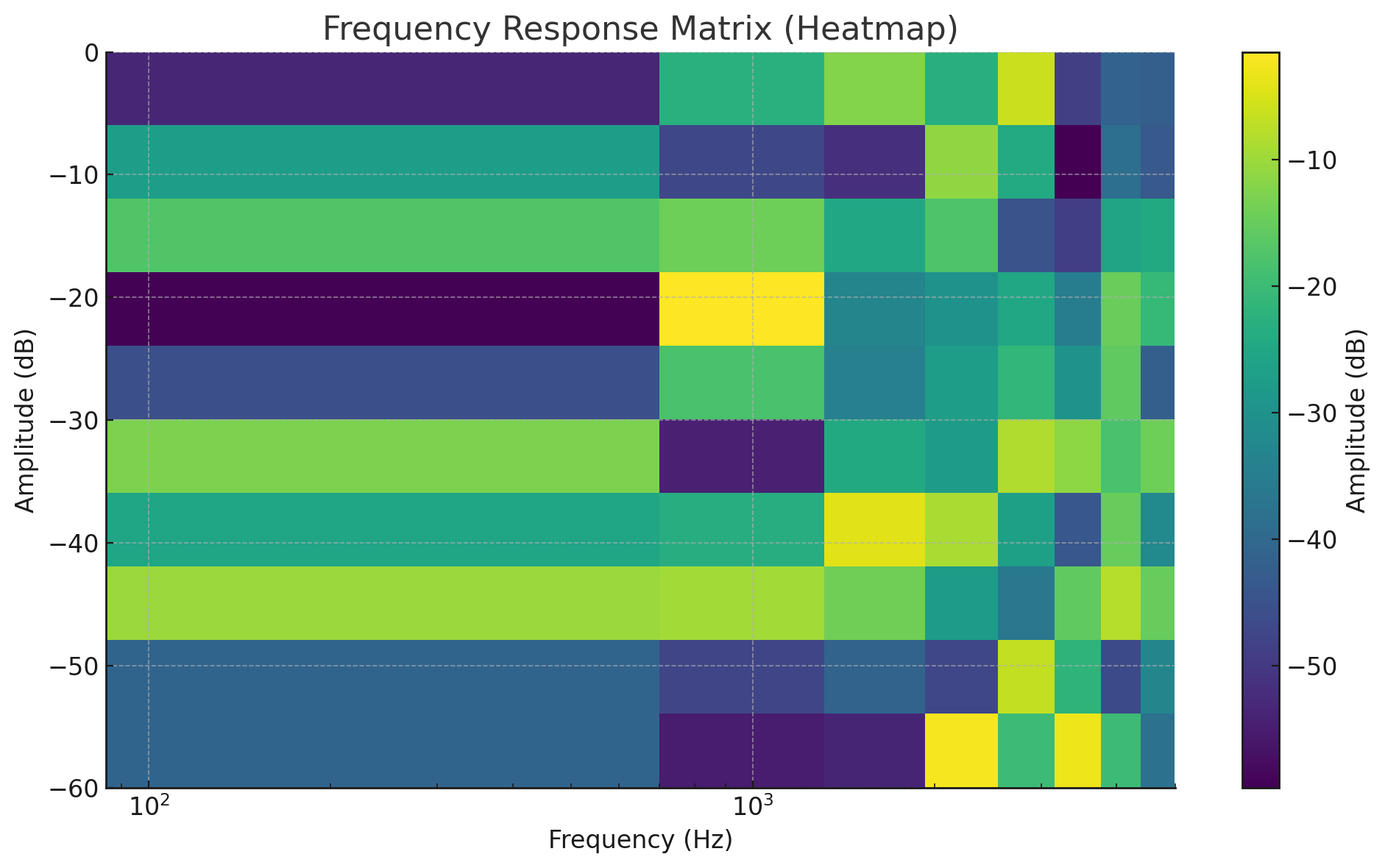
The X-axis represents different frequency bands (in Hz) on a logarithmic scale. The Y-axis shows amplitude levels in decibels (dB). The Colours represent the amplitude at specific ranges, with warmer colors indicating higher amplitudes (closer to 0 dB) and cooler colors representing lower amplitudes. The visualisation helps to quickly identify how different bands are affected with an overview of the overall response.
That's what we're here to change: Our Research and Approach:
At present, we're developing a codec that optimises the 2-4 kHz range--the sweet spot for human voice frequency spectrum--but reimagined for instrumental music. Our goal is to enrich this range, giving listeners a more immersive and refined auditory experience. We've mapped out the key frequency behaviours and analysed how timbre and harmonics contribute of Instrumental Sound. Here's an overview of our process
1. Step One: Signal Analysis
We start by analysing the audio data. This allows us to tailor the listening experience to optimise the specific characteristics of music. (References Below)
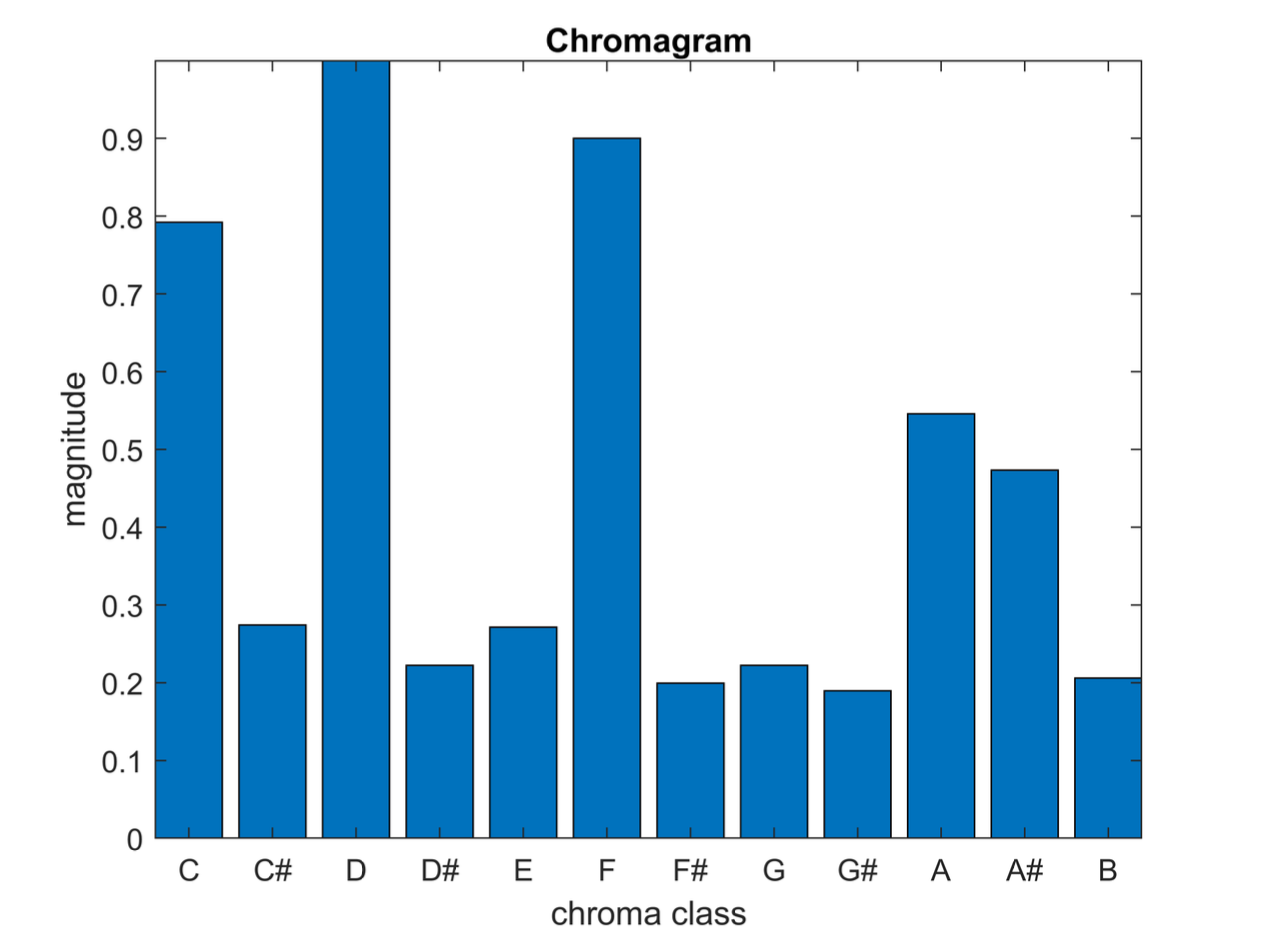
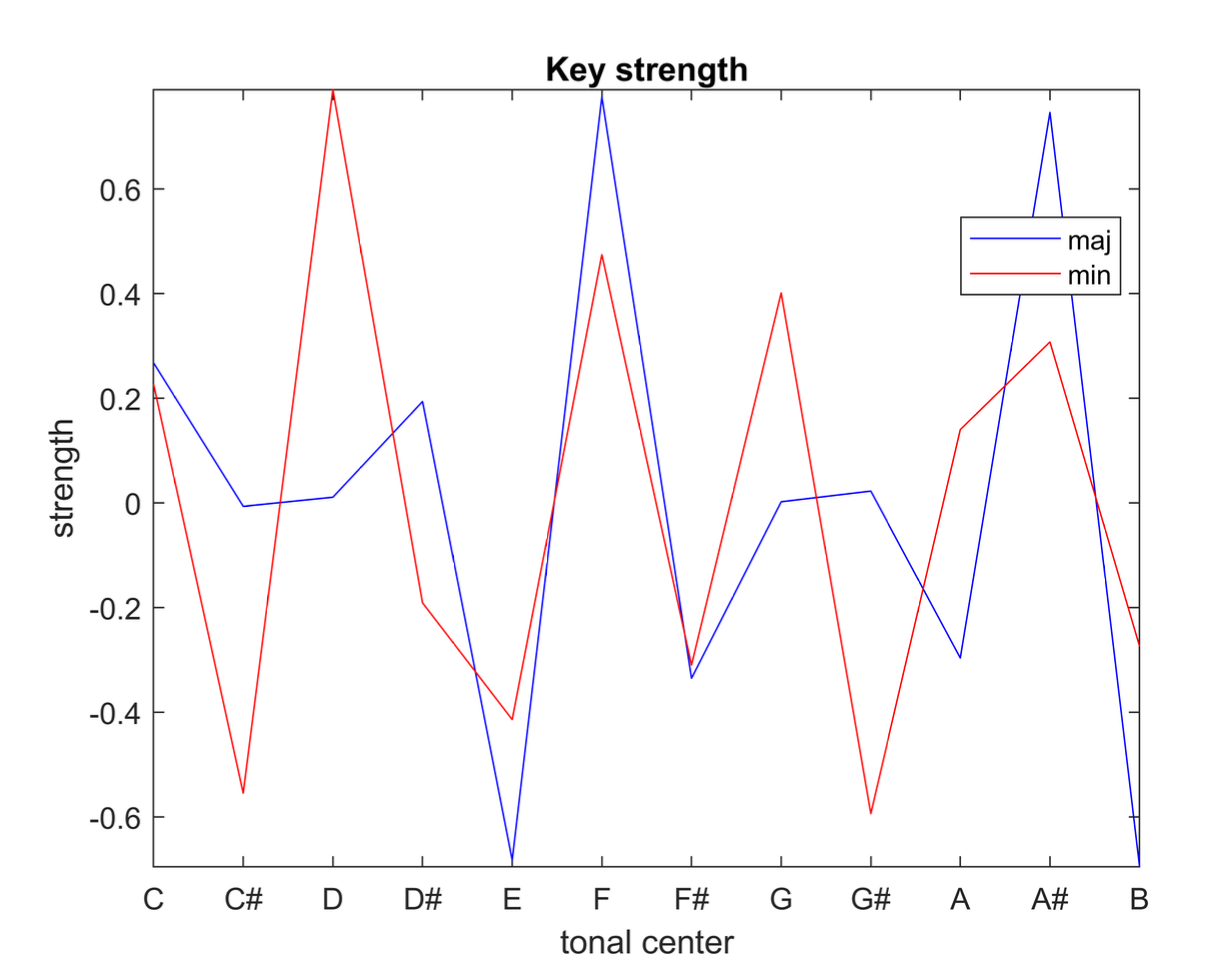
2. Step Two: Properitary Proessing Algorithms
Using our provisional-patented algorithms, we apply cutting-edge processing techniques to optimise the voice frequency range and elevate the listener's experience of instrumental sound.
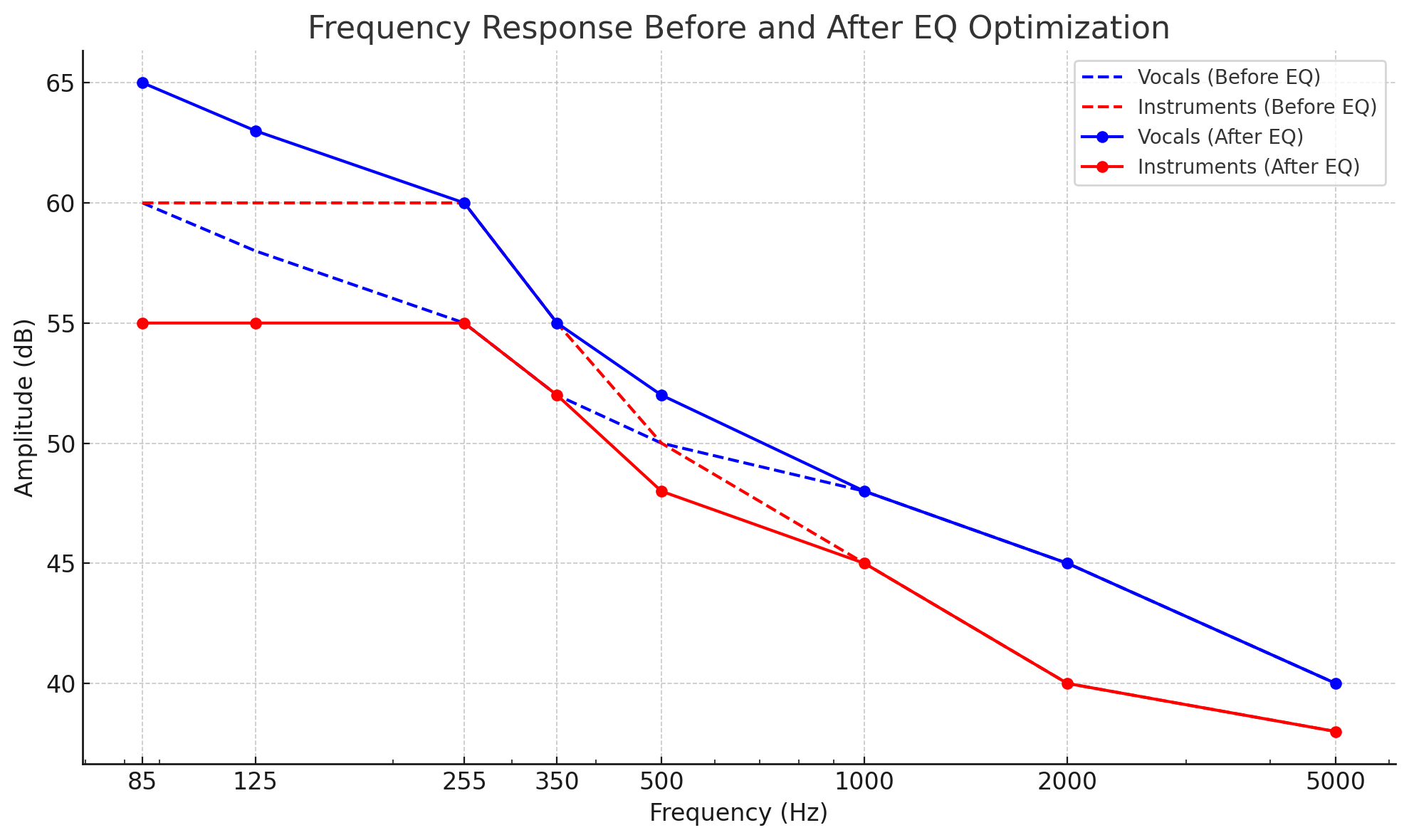
3. Step Three: AI Integration
Finally, we incorporate AI to refine the sound. Since not all music is the same, this step allows us to fine tune the audio data and make adjustments to each indiviual track.
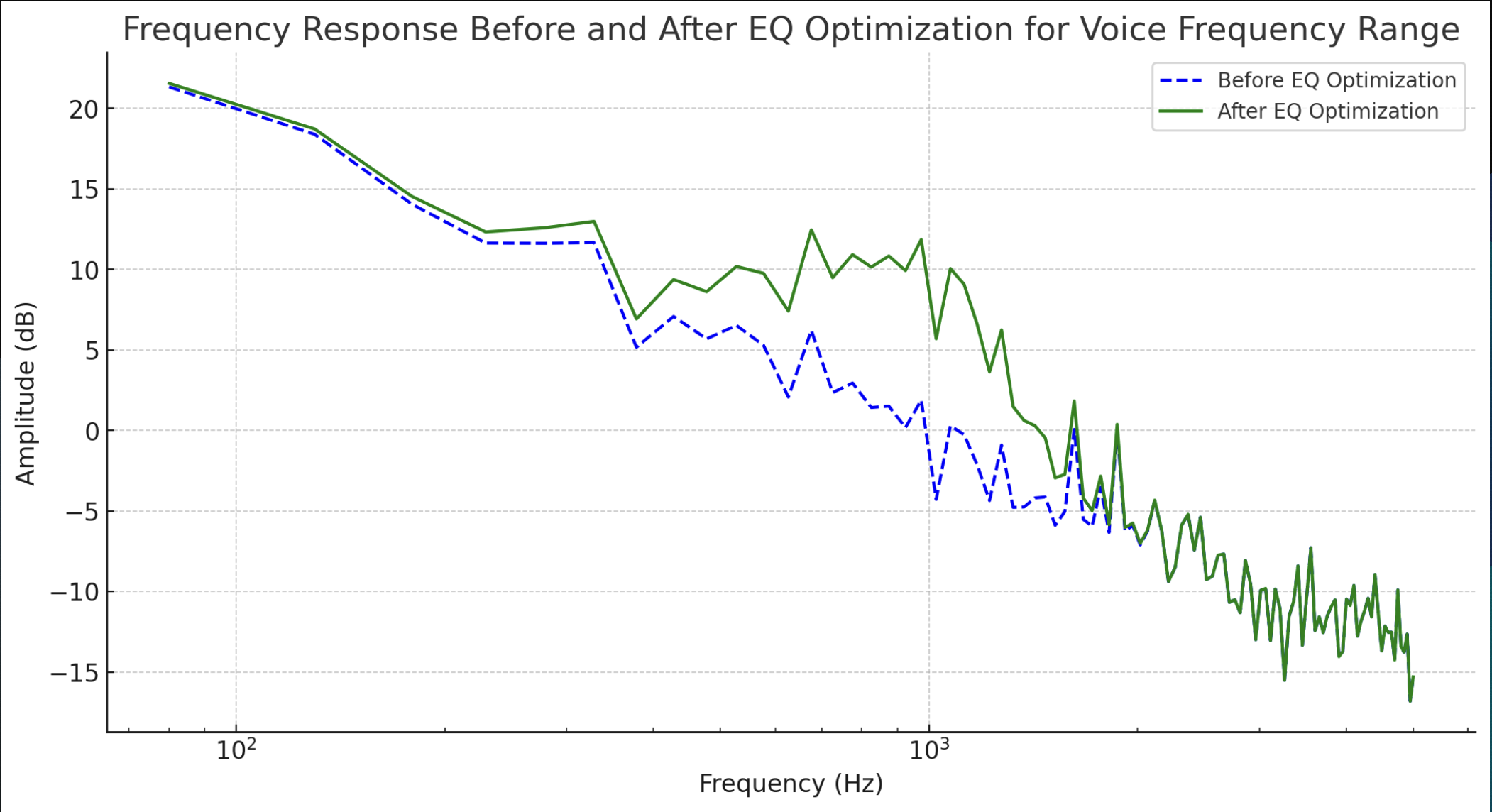
Conclusion:
Our approach has a special emphasis on music creators, including Artists, Collaborators, Sound Designers and Record Labels working with genres like Ambient, Classical, Orchestral Music, Film Scores, and a vast array of Experimental Music.
Let's experience together how different genres-whether it's ambient, electroacoustic or even DIY instruments--respond to these new enchancements. Let's make this a conversation, not just an article or presentation!
Partager sur Twitter Partager sur Facebook
Commentaires
Pas de commentaires actuellement
Nouveau commentaire